

Anthony Crawford
1990 Lamborghini Countach review
5 Days Ago
ARB. These three letters have graced the bull-bars of 4WD vehicles and utes across the country and around the world. Here’s the story of one of Australia’s pre-eminent suppliers of aftermarket parts.

Contributor
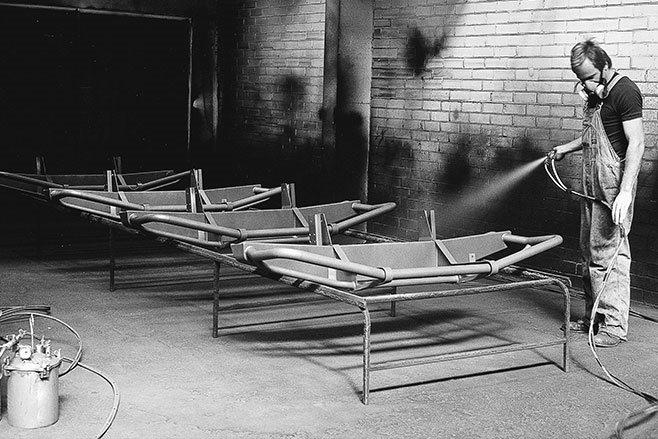

Contributor
From bull bars and snorkels on Toyota LandCruisers traversing across the Northern Territory, to winches for utes helping out with roadworks, ARB has become well-known for its tough, reliable range of 4×4 accessories.
In addition to these bull bars, the company currently manufactures a litany of off-road oriented products. These include side rails, under vehicle protection, off-road suspension, and snorkels.
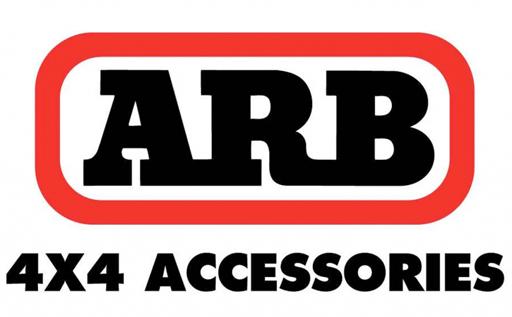
Since its origins in 1975, the firm has expanded to have distribution centres not only in Australia, but also in Thailand, the Czech Republic and the USA.
Sales to the Australian aftermarket remain critical for the company, representing 62.9 per cent of total sales revenue, but export market and OEM sales are also important, equating to 29.4 per cent and 7.7 per cent of total sales revenue respectively.
Although the ARB logo is commonplace in Australia, perhaps less well known is the story behind these three letters.
“ARB” are actually initials for company founder, Anthony Ronald Brown. In 1975 Anthony took his Land Rover on a tour of Cape York and the Top End of Australia.
On this journey, what struck him most was the poor quality of accessories used by fellow motorists and 4WD enthusiasts – parts such as roof racks and bull bars were ill-fitted, and not designed to adequately handle the rough terrain, heavy loads or temperature, and humidity of unforgiving Australian conditions.
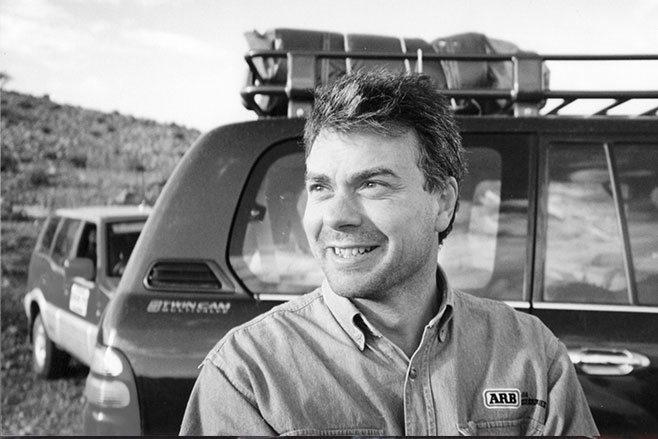
Anthony was an adept welder, and together with brothers Andrew and Roger, decided to manufacture his own roof racks in the garage of their family home. This soon expanded to the manufacture and sale of bull bars directly to customers as well as other accessory shops in Victoria.
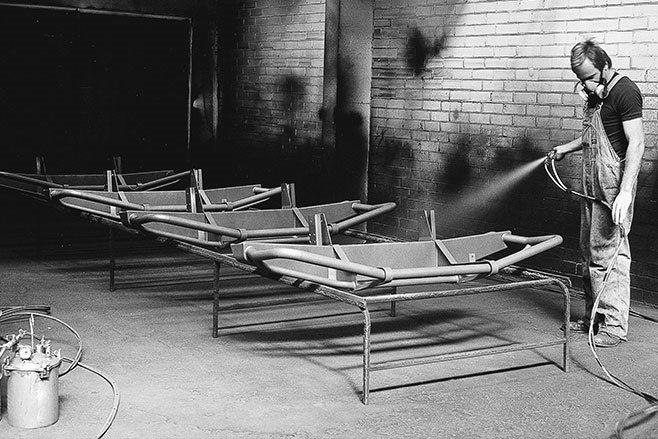
The budding business soon outgrew the garage, with orders regularly coming in and the brothers hand-making and painting 1-2 roof racks daily. 1976 saw Anthony renting out a new, specialised workshop and hiring his first employee. The following year, the business was formally established as ARB Engineering Pty Ltd.
As an accessory maker for 4WD vehicles, demand for ARB products is of course tied to the demand for 4WD vehicles.
Aiming to emulate the success and famed capabilities of the Land Rover and its Jeep counterpart, the mid-1970s saw Toyota introduce its 40-Series Land Cruiser.
The success of this vehicle meant that it was the first model for which ARB developed a complete range of products, from HID (high-intensity discharge) driving lights, to suspension components and the traditional range of bull-bars and roof racks.

With a greater variety of more capable off-road vehicles available, business continued to expand during the 80s, with retail stores for its products established in every Australian state by 1983, and the company listed on the ASX in 1987.
Having established itself as a major player in the Australian market, ARB’s eyes turned to export markets, with the company wanting to increase its presence in the USA in particular. The introduction of the ‘Air Locker’ front differential lock contributed to this significantly, and its profitability for ARB was accentuated by its value-to-shipping cost ratio.
Front differential locks can significantly improve a 4WD vehicle’s capabilities by ensuring traction is distributed to the front wheel with the greatest contact to the surface, and the compact size of the lock (in comparison to bulky roof racks and bull-bars) meant the per-part shipping costs to the USA were substantially lower than other products in the ARB range – in fact, ARB managed to sell 100,000 Air Lockers by 2004.
The acquisition of Old Man Emu suspension in 1988 further enabled ARB to diversify its product range, allowing it to offer specialist off-road suspension components able to better withstand off-road terrain.
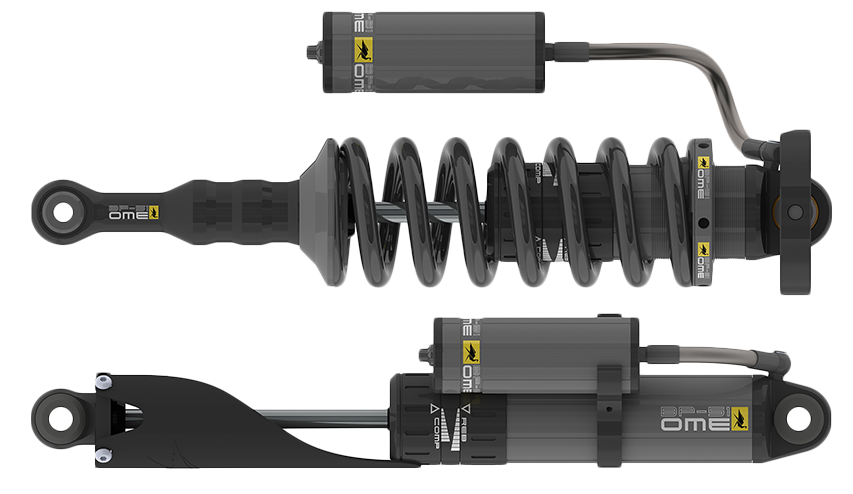
The company has continued to diversify its product range, launching a range of canopies for various utes in 1998, and more recently a range of portable weatherproof fridges and LED driving lights.
One of ARB’s latest innovations is the Linx vehicle accessory interface. This is a wireless display and interface that works with a physical control hub mounted underneath the dashboard or the front seats.
Various ARB accessories such as Air Lockers (as mentioned above), air compressors, lights and fridges can be hard-wired to the control hub, which then communicates wirelessly with the Linx touchscreen display.
This enables live monitoring and touch-screen control of these accessories in an easy-to-use central location, removing the need for each accessory to have its own dedicated physical control and alleviating any requirement to modify the dashboard or have excess clutter.
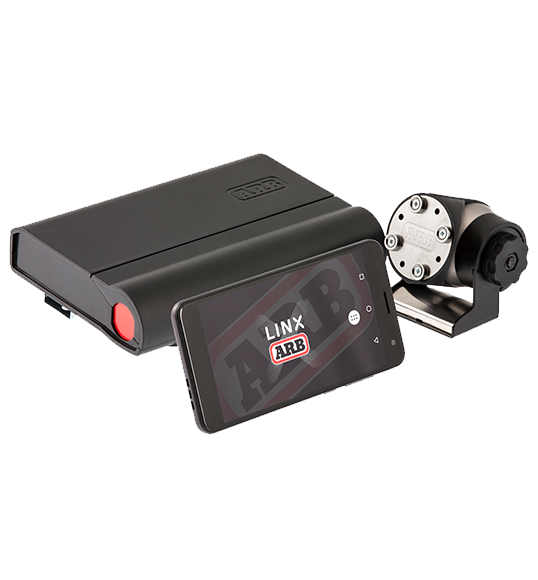
The Linx display and interface is best thought of as an Android or iOS style smartphone (without the phone, of course) with each accessory forming its own ‘app’ within the interface.
Similar to upgrading your version of iOS and Android, the Linx platform is also modular and upgradeable. Products in development at ARB will remain compatible with the Linx platform in the future.
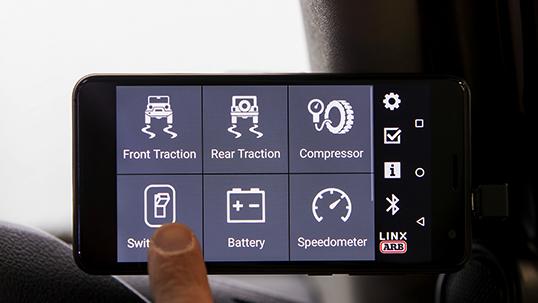
Currently, the Linx platform offers a wide range of functionality. In addition to live control and monitoring of the products described above, the platform can also monitor and change air suspension settings and battery voltage, as well as offering an inclinometer feature to measure and display vehicle role and pitch angles.
In addition, the system can incorporate data from the vehicle’s tyre pressure monitoring system (TPMS) to warn the driver when a particular tyre may be suffering from low pressure.


Anthony Crawford
5 Days Ago


Matt Campbell
4 Days Ago


James Wong
3 Days Ago


Max Davies
2 Days Ago


Josh Nevett
1 Day Ago
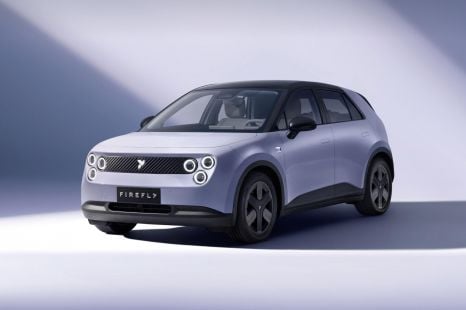

William Stopford
17 Hours Ago